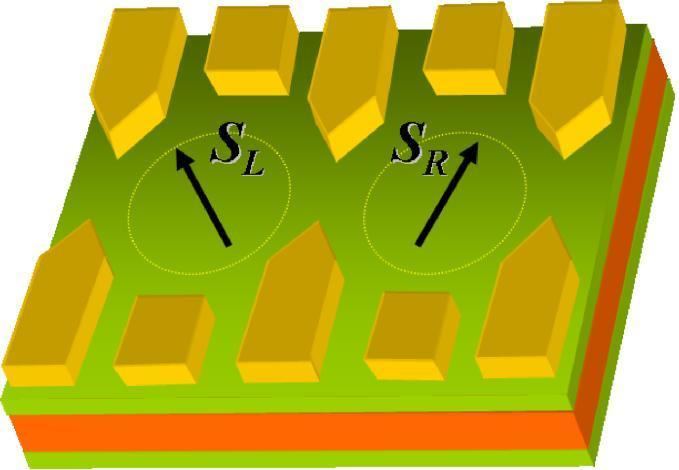 | ||
The Loss–DiVincenzo quantum computer (or spin-qubit quantum computer) is a scalable semiconductor-based quantum computer proposed by Daniel Loss and David P. DiVincenzo in 1997. The proposal was to use as qubits the intrinsic spin-1/2 degree of freedom of individual electrons confined to quantum dots. This was done in a way that fulfilled DiVincenzo Criteria for a scalable quantum computer, namely:
A candidate for such a quantum computer is a lateral quantum dot system.
Implementation of the two-qubit gate
The Loss–DiVincenzo quantum computer operates, basically, using inter-dot gate voltage for implementing Swap (computer science) operations and local magnetic fields (or any other local spin manipulation) for implementing the Controlled NOT gate (CNOT gate).
The Swap operation is achieved by applying a pulsed inter-dot gate voltage, so the exchange constant in the Heisenberg Hamiltonian becomes time-dependent:
This description is only valid if:
From the pulsed Hamiltonian follows the time evolution operator
We can choose a specific duration of the pulse such that the integral in time over
The XOR gate may be achieved by combining
This operator gives a conditional phase for the state in the basis of
